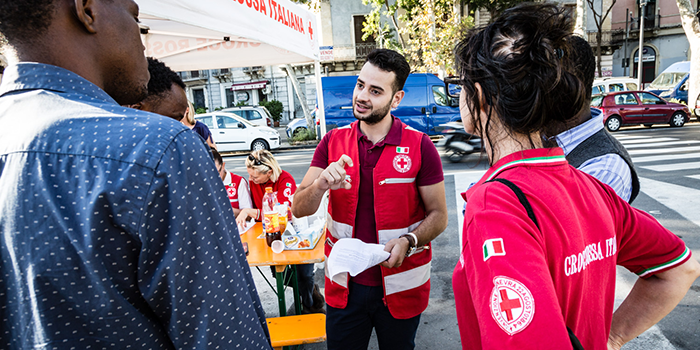What is a Humanitarian Service Point?
A Humanitarian Service Point is a neutral space along migratory routes that provides a welcoming and safe environment for migrants to access essential services that might otherwise be inaccessible.
Download the two HSP fundamental documents
HSP Leaflet
Brief introduction to the HSP, will all the key info in one place
HSP Checklist
Step-by-step guide to designing, building, and implementing HSP
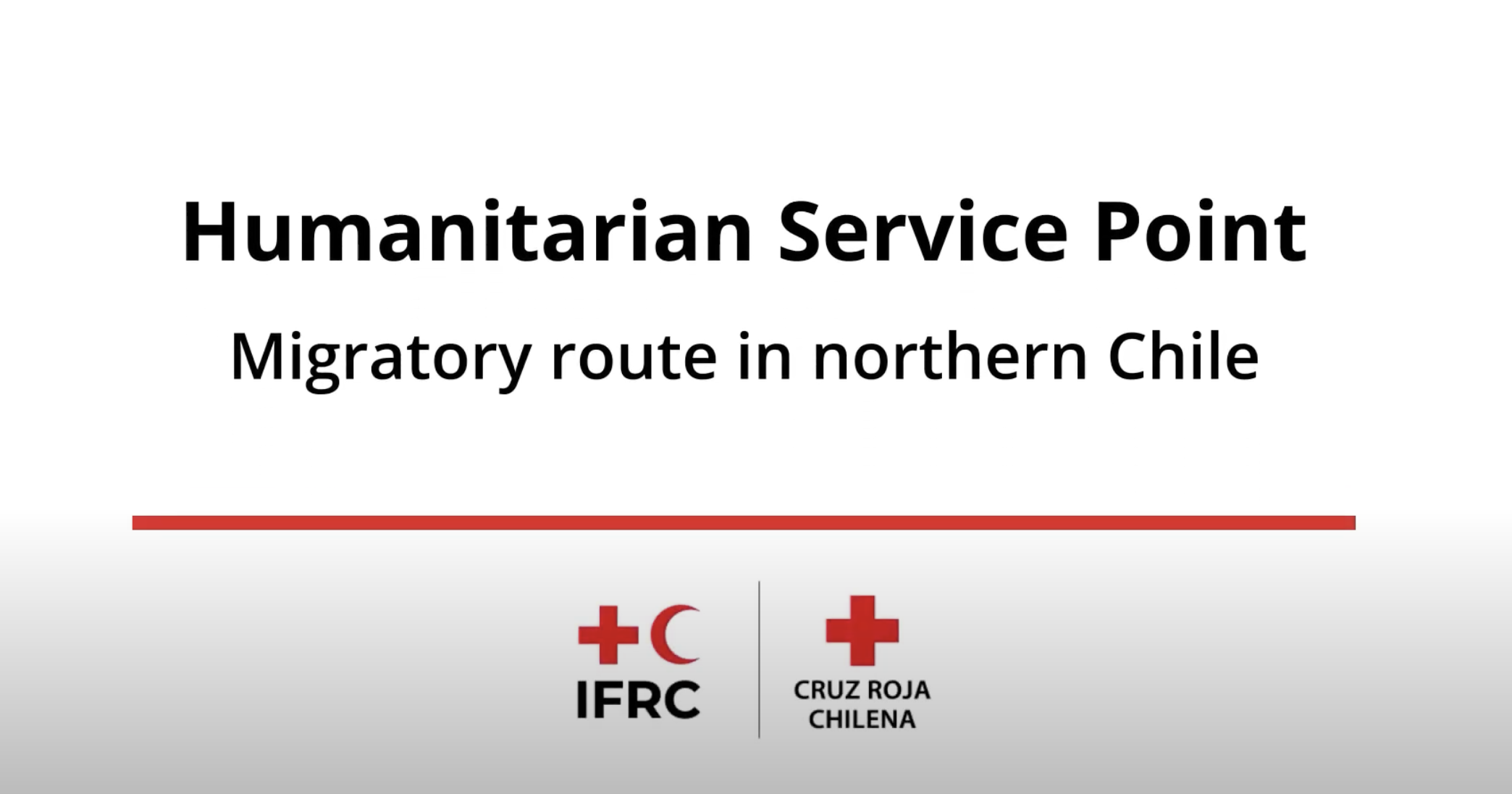
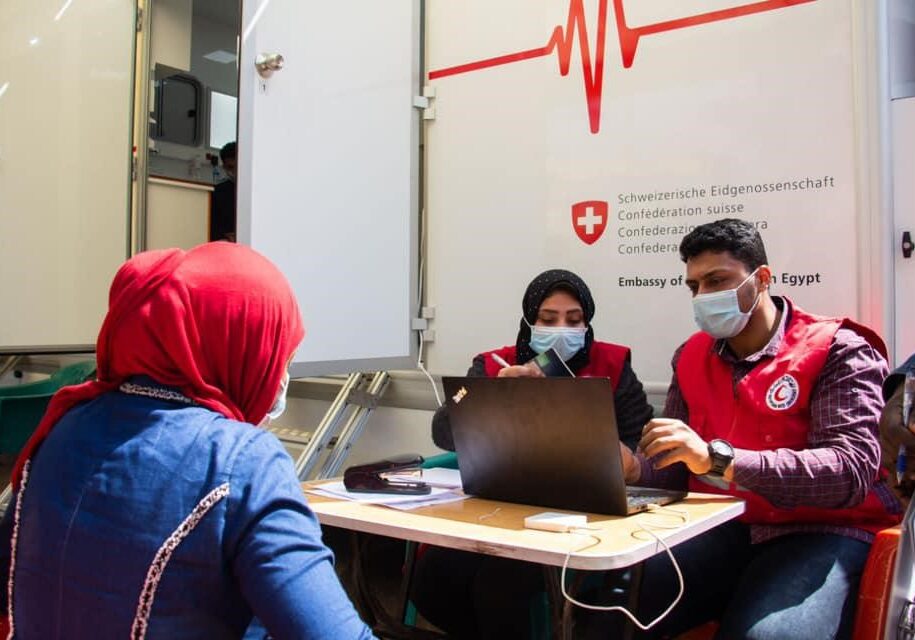
Key features of HSPs include:
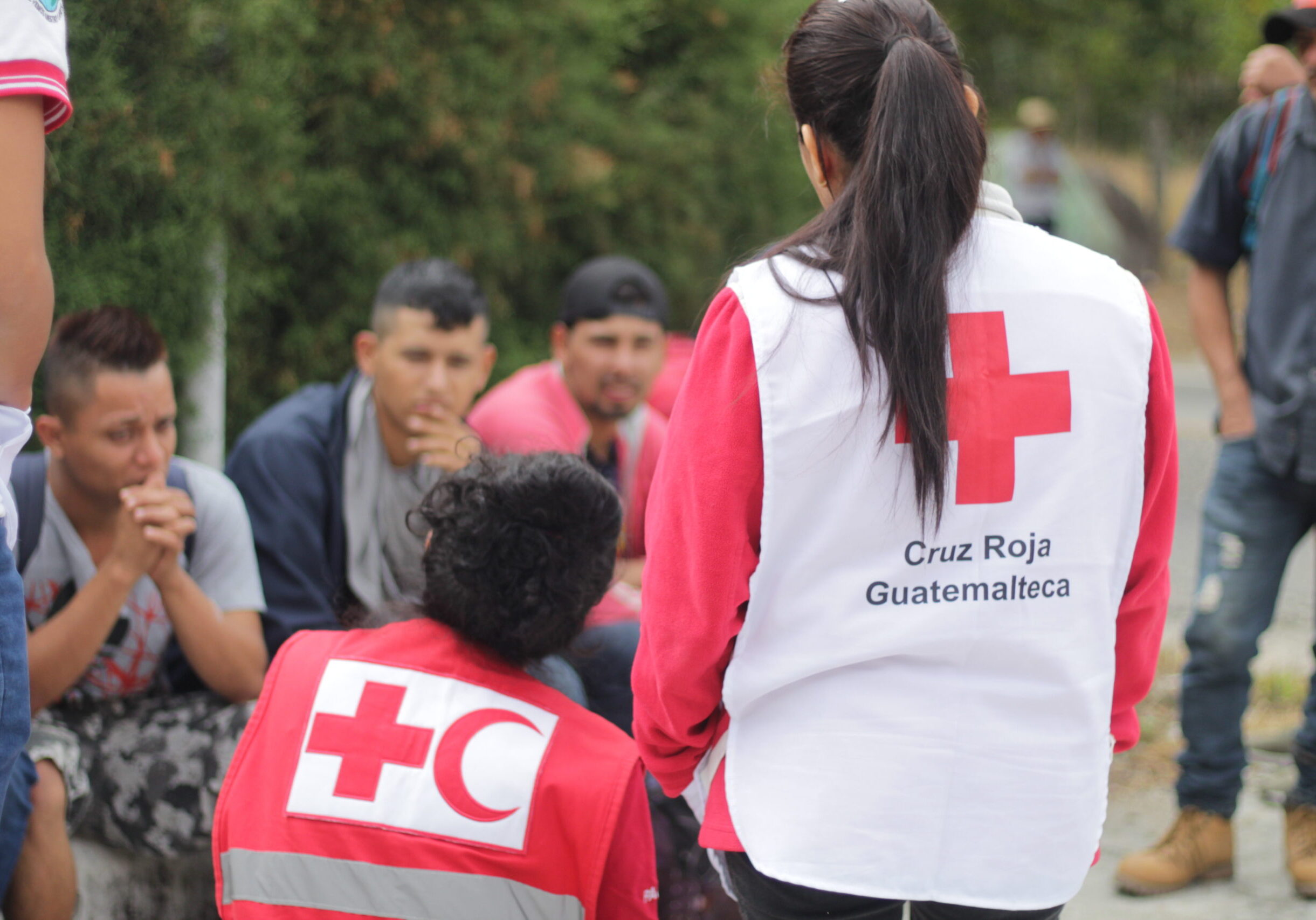
Keep in mind that HSPs are not:
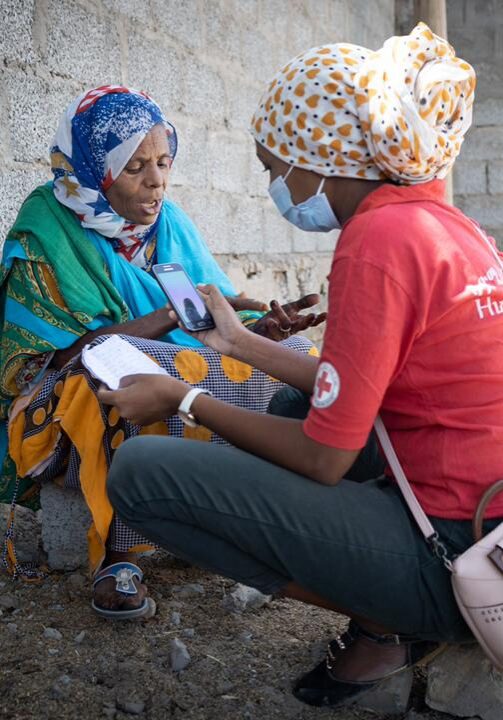
Key Learning about what services to provide at HSPs
The type of services HSPs offer varies from place to place, but they share the principle that migrants should be safe from the risk of detection, arrest, or removal while accessing services.
Services that migrants are referred to from HSPs should share these values and principles.
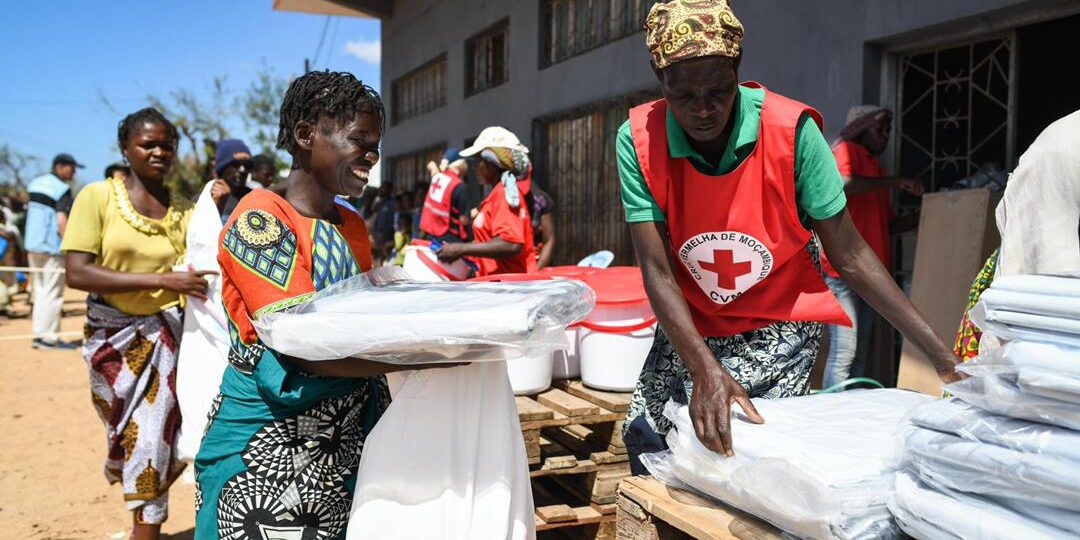
What is a ‘safe and welcoming environment’?
An HSP should be a safe and welcoming place for all migrants – irrespective of their status.
However, an HSP should not be a refuge from the law for those who have committed crimes.
A safe environment is free of violence, abuse, or harm. In it, migrants should be able to access services without fear of identification, arrest, detention, or interference from authorities or non-state actors.
As ‘safe’ and ‘unsafe’ can mean very different things depending on one’s background and experience, migrants must be consulted to understand their specific risk factors, taking into consideration gender, age, disability, and other diversity factors.
Migrants will look for familiar symbols that represent safety. For many, the RCRC emblem is one such symbol. This highlights the importance of adhering to the Fundamental Principles and protecting the emblem.
Migrants consulted in developing this toolkit said they often seek out churches, mosques or other religious structures as they are often associated with asylum and refuge. While it is important that RCRC services are not seen as affiliated with any particular faith, it is useful to connect with religious groups or institutions so they are aware migrants in need or in distress can be referred to HSPs.
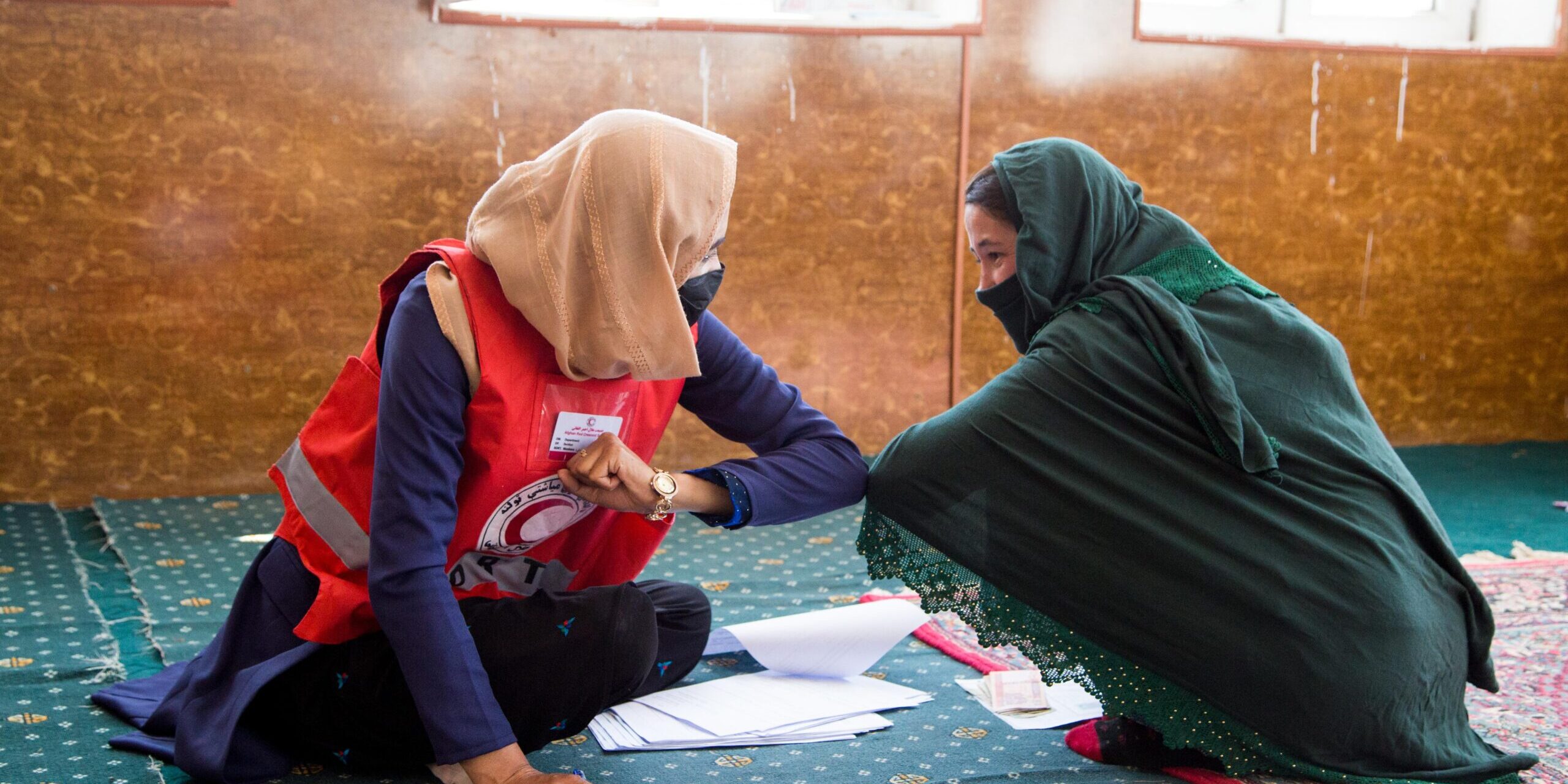
How to create a welcoming environment?
Staff and volunteers in an HSP offer a "relationship" service, helping migrants maintain their dignity, strength, confidence and hope for the future. They should establish a relationship of mutual trust, based on dialogue, and understanding, helping negotiate and resolve problems.
- Listen to the person and support them in expressing their needs;
- Ask ‘open’ questions that do not prejudge the response or feel like an interrogation;
- Provide a fair assessment of individual needs and be familiar with applicable services;
- Facilitate access to identified services;
- Deal with the person as an individual, not as a generic ‘migrant’;
- Show sensitivity, recognition and respect for cultural diversity, suspending judgement of the person, their behaviour, opinions or views.
Beware of attitudes and behaviours that put the relationship of trust at risk. E.g. avoid behaviour that might seem biased, judgmental or too involved in an individual’s situation.
How to build trust?
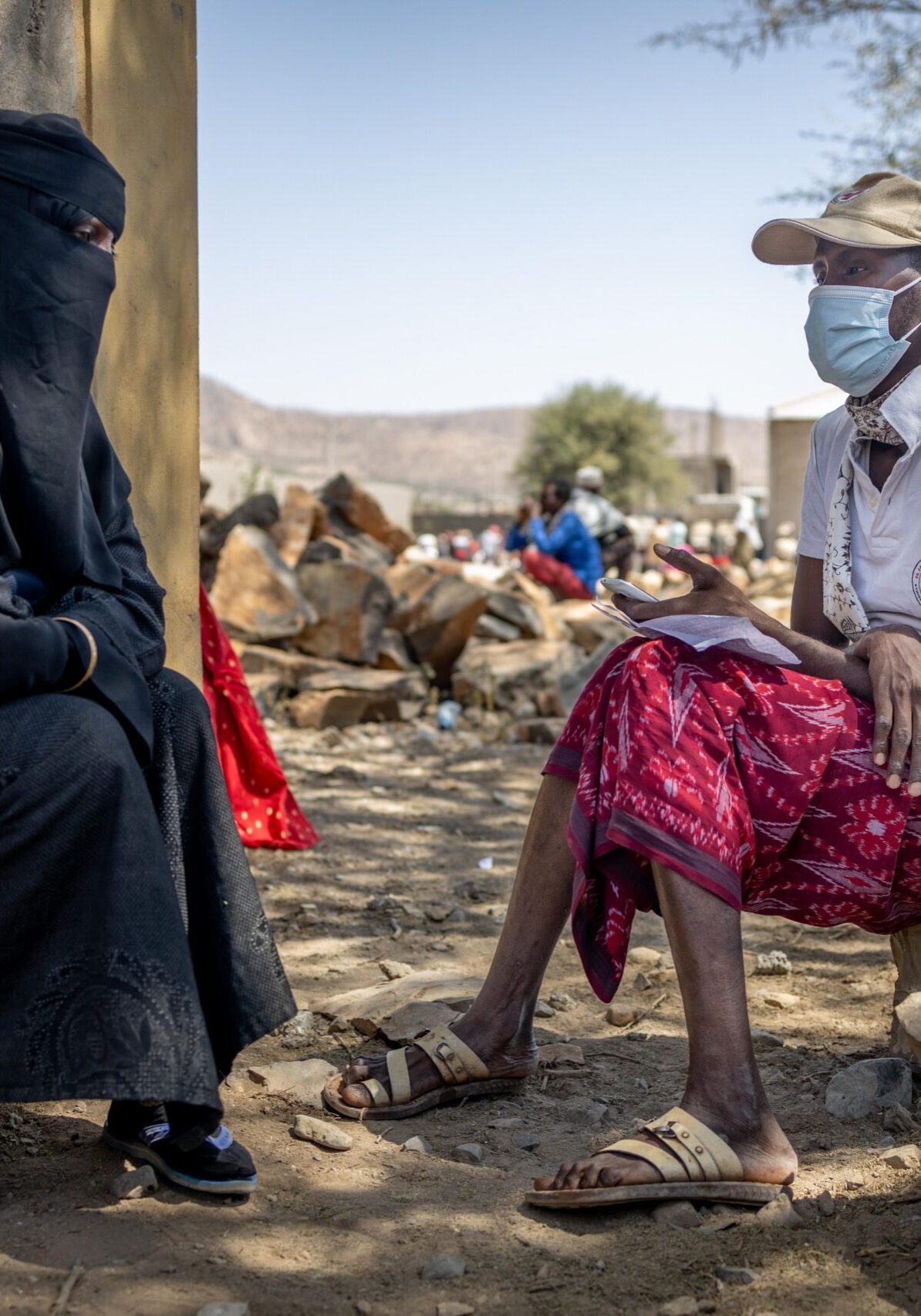
What does an HSP look like?
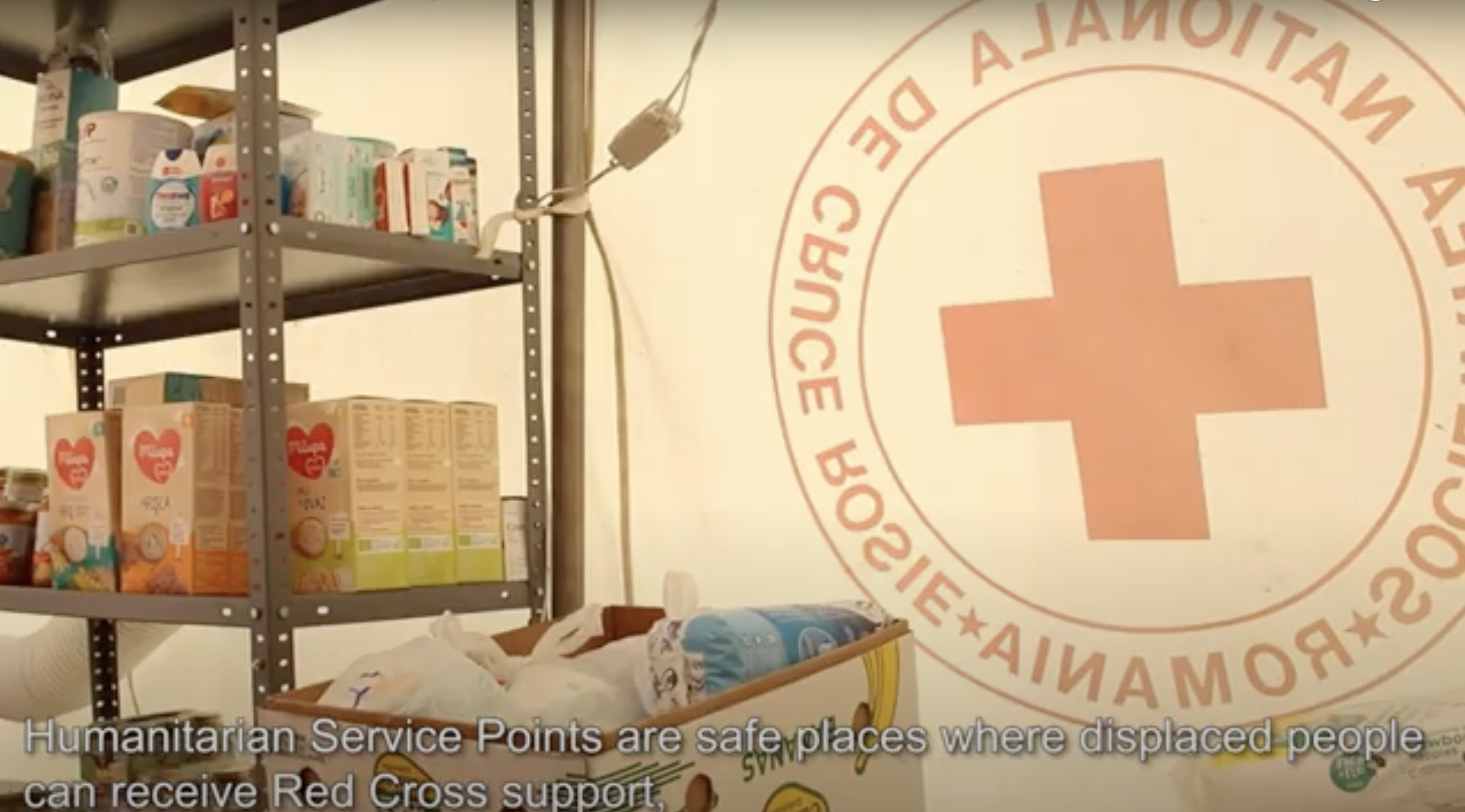
An HSP can take a variety of physical forms. Temporary HSPs can be run under gazebos or tents, or even out of buses or vans.
An HSP should fit the context in which it is placed, and respond to the needs of migrants.
Its structure should be informed by context, participatory needs assessment, and consultation with migrants of different genders and age groups, people with disabilities, and other diversity factors.
An HSP should be adaptable. It may be established as a temporary structure in an emergency, but if the need persists, it may be necessary to think about finding a hard structure to house it.
Different facilities may be required as needs change, including more/more private space, better connectivity, toilets, showers, refrigeration for food, etc.
HSPs can be situated in a National Society branch office, but think carefully about branch capacity, and whether there is a risk it will be overwhelmed.
It may be more practical to house the HSP in a separate building nearby, allowing the branch to continue to use its premises for other activities, including the running of day-to-day operations, such as volunteer recruitment, training, and support.
Think about physical location. It should be welcoming, safely accessible, and acceptable to the local community.
Consult different groups to ensure they feel safe there. This should include women, young people, older people, and people of different gender identities. Ask whether they feel safe and can access services. If not, identify what barriers can be addressed.
- Listen to the person and support them in expressing their needs;
- Ask ‘open’ questions that do not prejudge the response or feel like an interrogation;
- Provide a fair assessment of individual needs and be familiar with applicable services;
- Facilitate access to identified services;
- Deal with the person as an individual, not as a generic ‘migrant’;
- Show sensitivity, recognition and respect for cultural diversity, suspending judgement of the person, their behaviour, opinions or views.
Beware of attitudes and behaviours that put the relationship of trust at risk. E.g. avoid behaviour that might seem biased, judgmental or too involved in an individual’s situation.
Beware NIMBY!
Flip the box to learn more.
Not In My Back Yard!
NIMBY stands for ‘Not In My Back Yard’. Change can be disquieting and upsetting to people, and sometimes even people who are positive toward migrants have misgivings when they see changes close to home. Prepare well for community consultations. Think about what you will do if you are confronted with racism or xenophobia. How can you encourage people to welcome migrants? What do you do if they refuse?
Learn from National Societies
